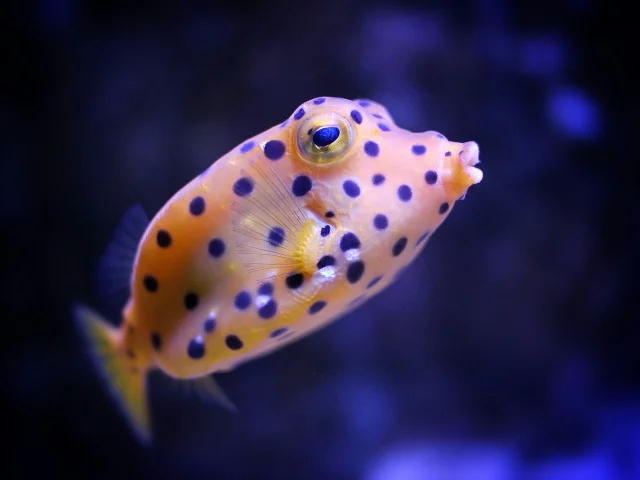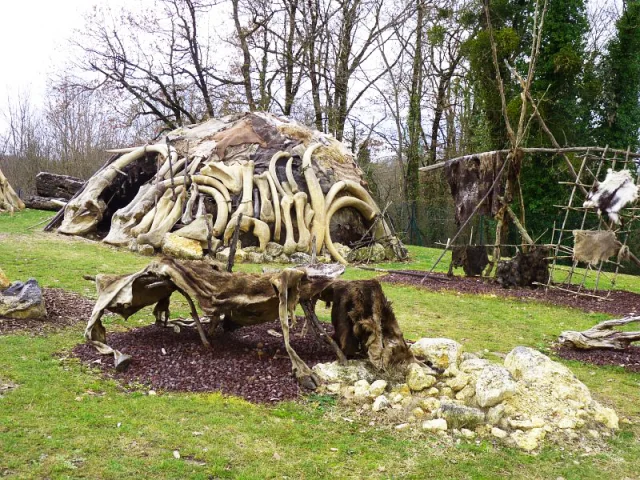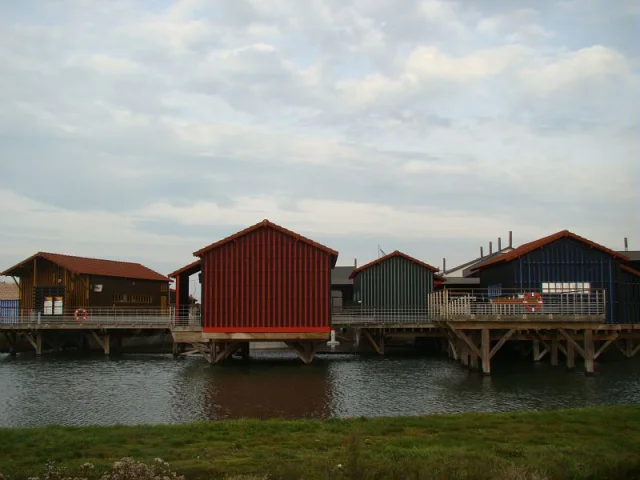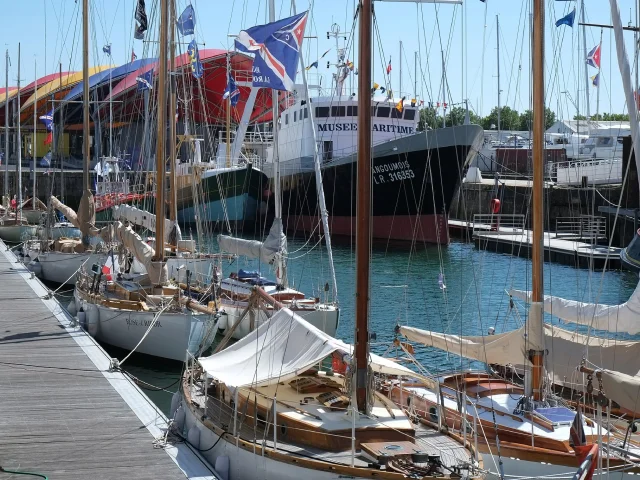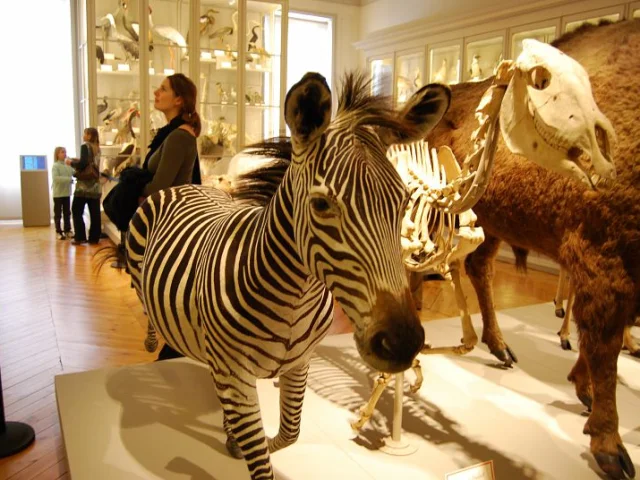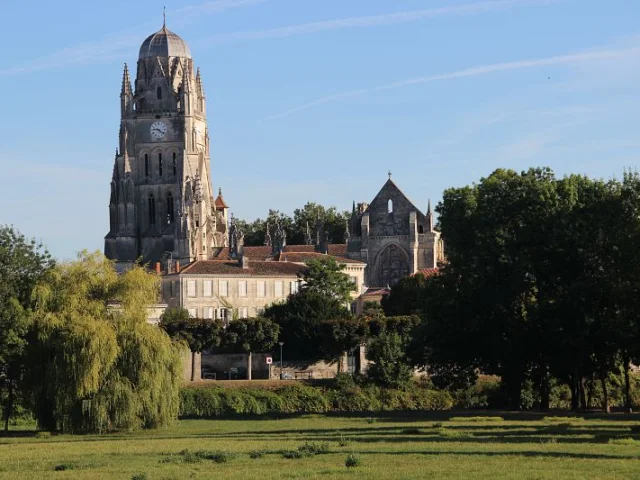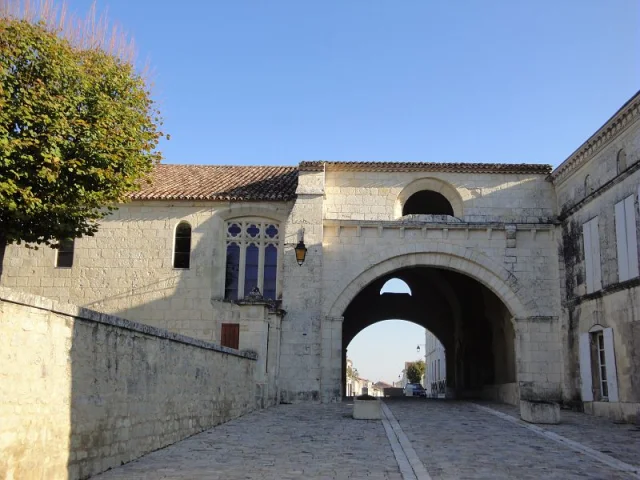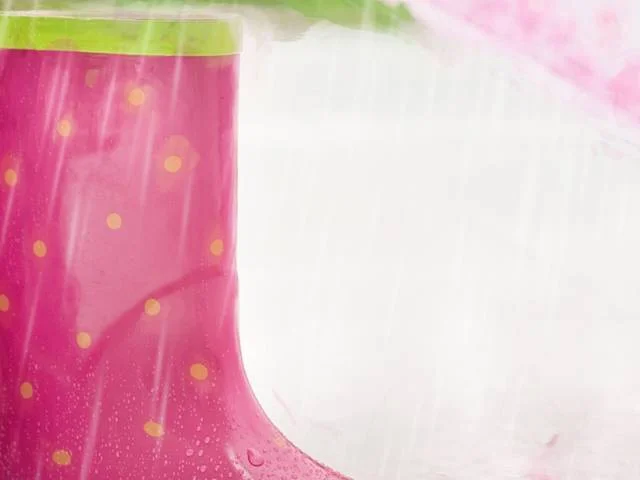Charente-Maritime abounds in fabulous treasures
Charente-Maritime stretches over 6864 km2. It borders five départements.
Its Atlantic coastline is the stuff of dreams: 463 km of coastline, including 230 km on the islands alone. Île d’Oléron, Île de Ré, Île d’Aix opposite Fort Boyard, and Île Madame all contribute to its charm.
The hinterland is just as attractive. It’s the land of vineyards, clinging to the hills, from which Pineau Charentais and Cognac are made. Its 3 rivers – the Charente, Seudre and Sèvre Niortaise – and its 17 streams, all contribute to the region’s lush greenery and agricultural tradition. The Seudre estuary is the largest wild estuary in France. The most important towns are La Rochelle, Rochefort, Saintes and Royan.
The Charente-Maritime climate is mild in winter, with plenty of sunshine, thanks to the ocean’s influence. It is the leading tourist department on France’s Atlantic coast, and one of the most popular with the French.
At the last census (2021), the department had a population of 661,404. Charente-Maritime is part of the Nouvelle-Aquitaine region.
Tourism in Charente-Maritime
Charente-Maritime enjoys a mild climate all year round, thanks to its location on the Atlantic Ocean and the warm Gulf Stream marine current that runs along the coast. The department enjoys 2,300 hours of sunshine a year, putting it on a par with Corsica and southeastern France.
The birthplace of Cognac and Pineau des Charentes, the department owes part of its name to the Charente river that flows through it.
Attractions in Charente-Maritime
- Rivers and estuaries: the Sèvre Niortaise, Charente, Seudre and Gironde estuaries.
- Islands: Ré, Oléron, Aix, Madame, the Arvert peninsula with Royan, La Palmyre, Saint-Palais-sur-Mer, Vaux-sur-Mer, Ronce-les-Bains, Saint-Georges-de-Didonne, La Tremblade and its hinterland…
- Towns: La Rochelle, Rochefort-sur-Mer, Saintes, etc.
Not forgetting seaside resorts such as Châtelaillon and Fouras.







